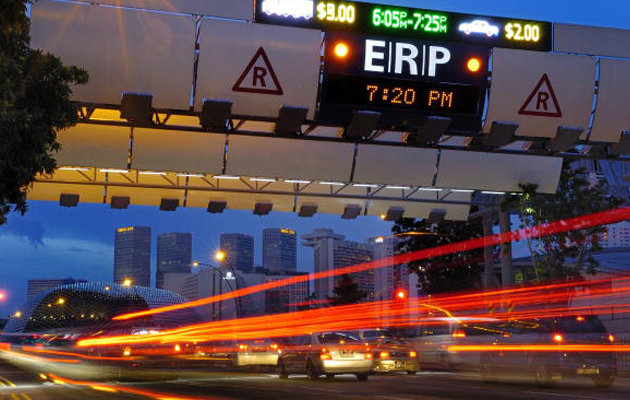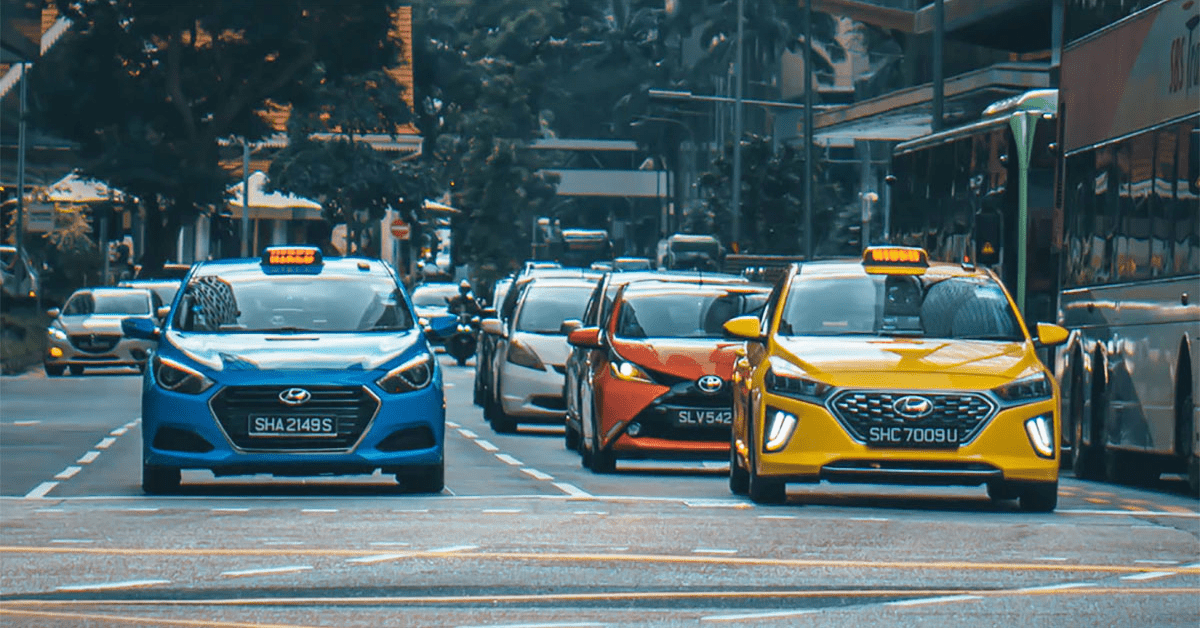Starting from 1st January 2018, the current Carbon Emissions-Based Vehicle Scheme (CEVS) is due to be replaced by the Vehicular Emissions Scheme (VES) for all new cars, taxis, and newly imported cars.
Here’s a quick rundown about what the change is about!
A comprehensive tax structure for cars can be found on LTA’s website here!
Carbon Emission-Based Vehicle Scheme (CEVS)
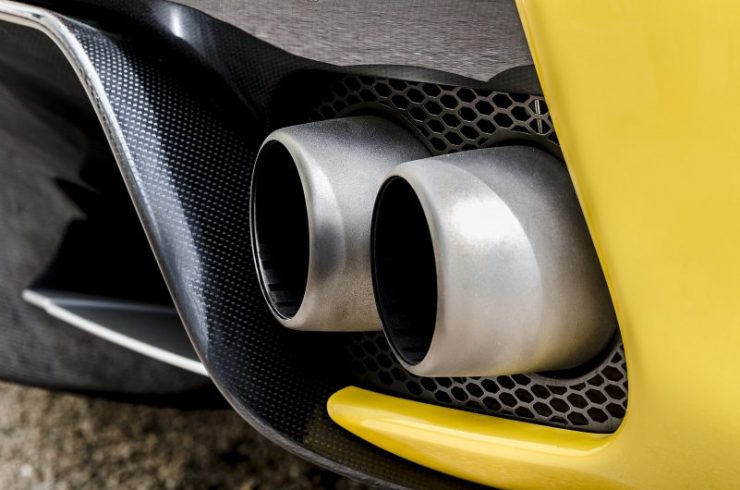
Putting it simply, the CEVS is a system of rebates and surcharges intended to encourage drivers to use low-emission vehicles. Cars with low carbon dioxide emission will qualify for rebates and ones with high emission will incur surcharges. Furthermore, there are different levels of rebates and surcharges based on different “bands” or levels of emissions.
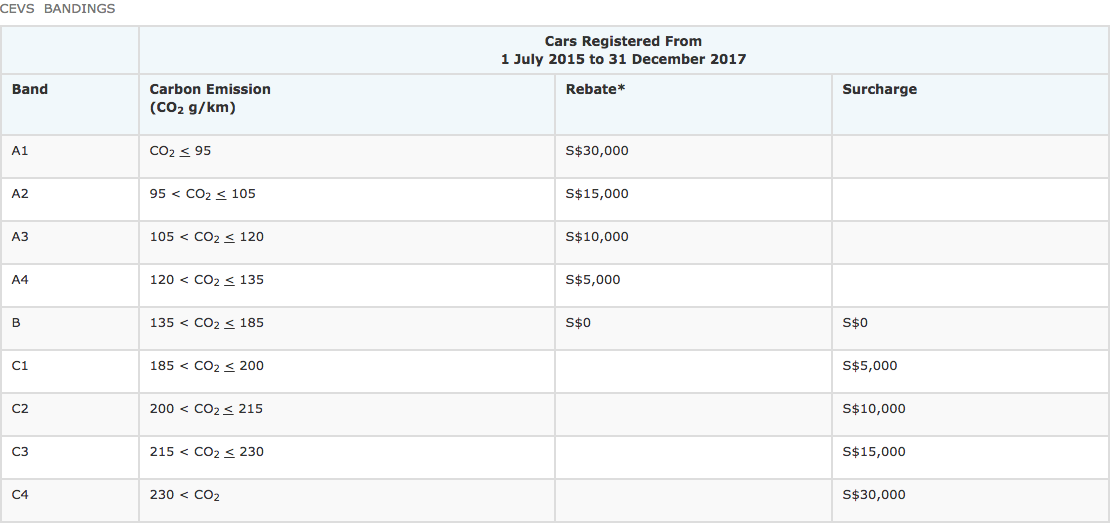
The CEVS’s main issue is its failure to address pollutants other than carbon. Pollutants like particulate matter and ground-level ozone can aggravate health problems like respiratory, heart diseases and cancer.
Vehicular Emissions Scheme (VES)

The VES is the new scheme that will be in place come January 2018. The VES is a more comprehensive system that takes into account emission of hydrocarbons, carbon monoxide, nitrogen oxides and particulate matter in addition to carbon dioxide. Similar to the CEVS, there different levels of rebates and surcharges based on different bands of emissions. However, under the VES system the rebates and surcharges are determined by the worst performing pollutants.
Comparison
Diesel cars are set to be hit the worse by the changes. Diesel engines produce less carbon dioxide but overall produce more pollutants. But that doesn’t mean that petrol, electric and hybrid cars stand to gain from the VES. The much more stringent regulations mean that across the board, it is much harder to qualify for rebates.
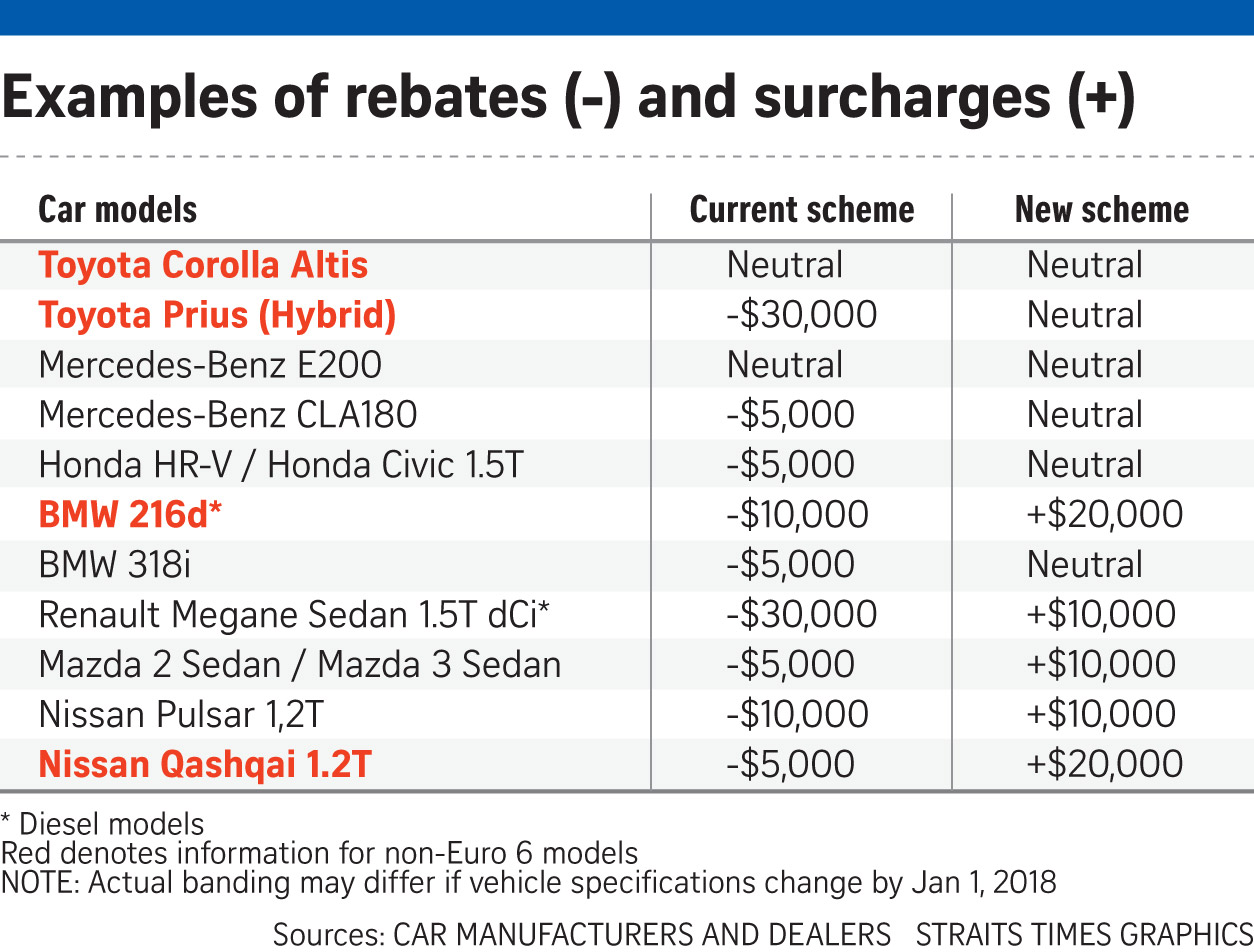
According to current specifications, even the Hybrid Toyota Prius, known as one of the healthiest cars by CEVS standards fail to qualify for rebates under the new VES.
Of course, this does not only impact sales and usage of private cars. Taxi operators for example were more reliant on diesel engines due to the lower running costs and will face a large hurdle in complying to VES.
Moving Forward
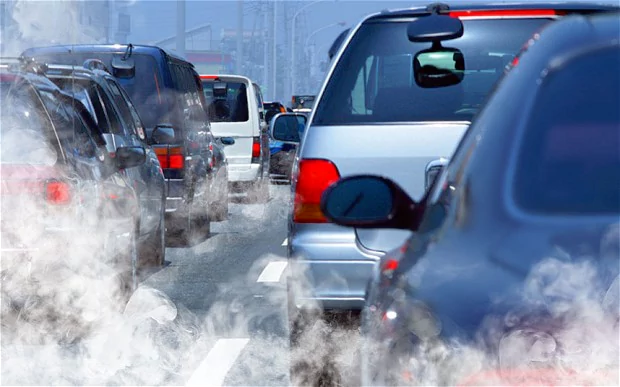
The VES when implemented will not affect cars already on the road. However, that doesn’t mean that existing cars get a free pass. The government will be taking other steps to curb pollution such as more stringent inspections. And for commercial vehicles,the Early Turnover Scheme is an initiative to encourage the replacement of older commercial diesel vehicles with EURO 6 compliant models.
Overall, Singapore’s bid to push towards more eco-friendly cars will lead to higher initial costs for eco-friendly machines but lead to savings over the long term. In terms of efficiency, the alternatives like petrol are fast catching up to diesel while hybrids and electrics are at least on-par.
This change will be a bitter pill to swallow for car dealers and prospective car owners as the industry figures out how to adapt to the change from CEVS to VES. However, over the long term, this will be a nett positive for Singapore.
Meanwhile, check out this article to find out about car incentives and rebates in Singapore.


